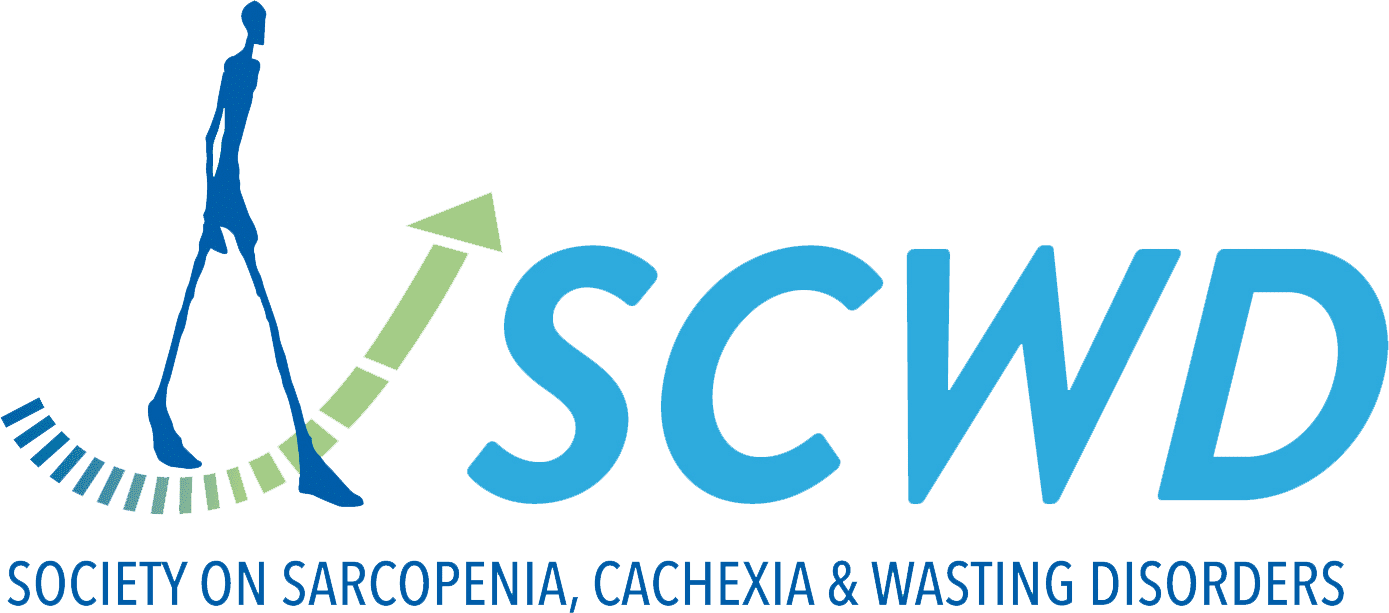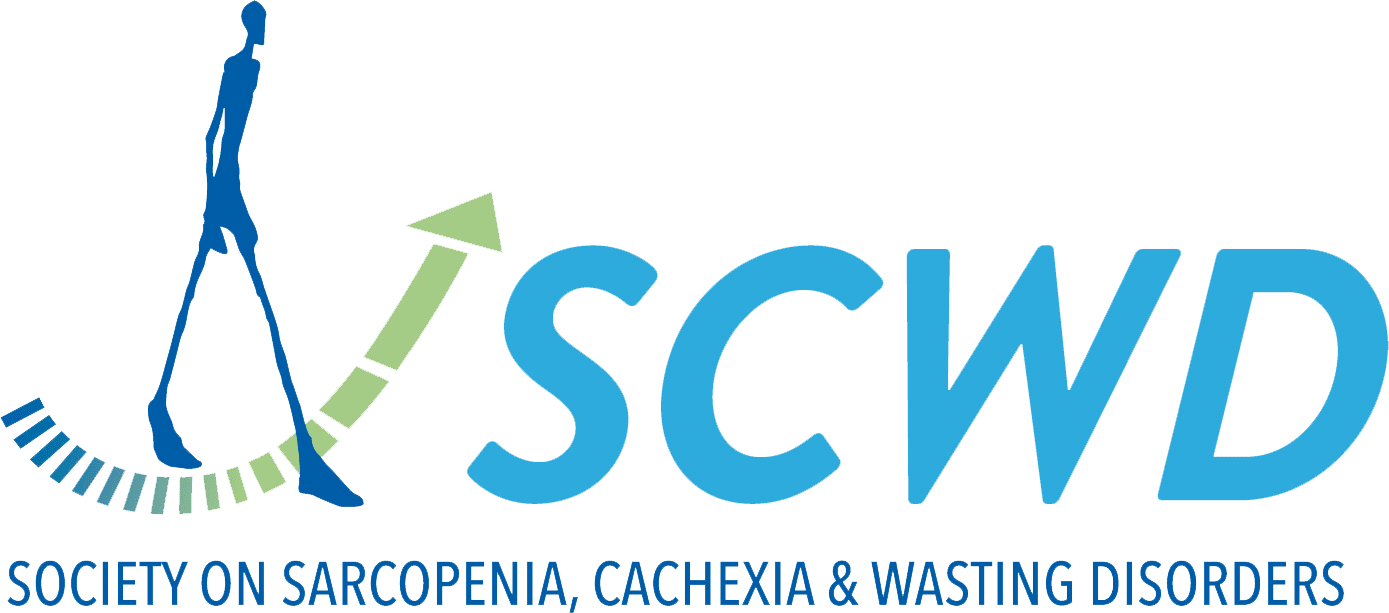The Combination of Fat Distribution and BMI Redefines Obesity: Result From NHANES.
Body mass index (BMI) has well-recognized limitations, particularly in the context of the 'obesity paradox', where higher BMI does not consistently evaluate adverse outcomes. These limitations underscore the need for alternative approaches. This study aimed to redefine obesity using anthropometric...


